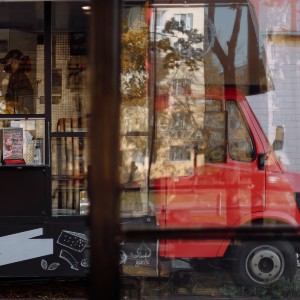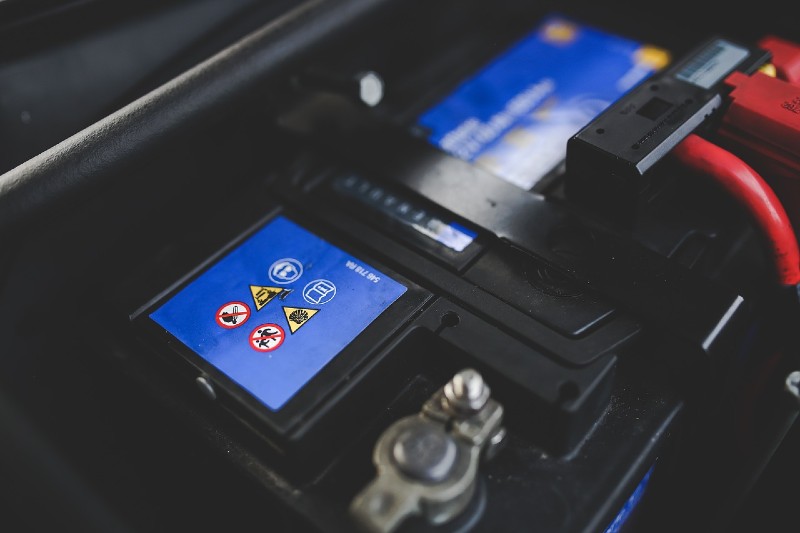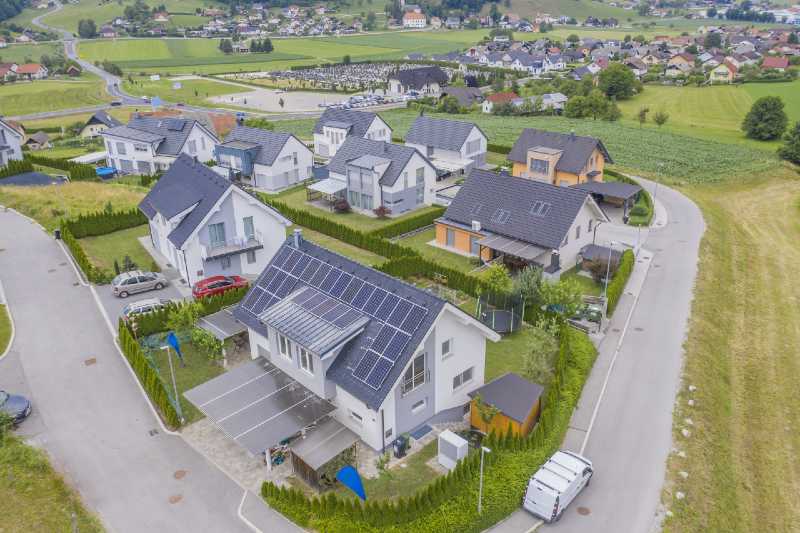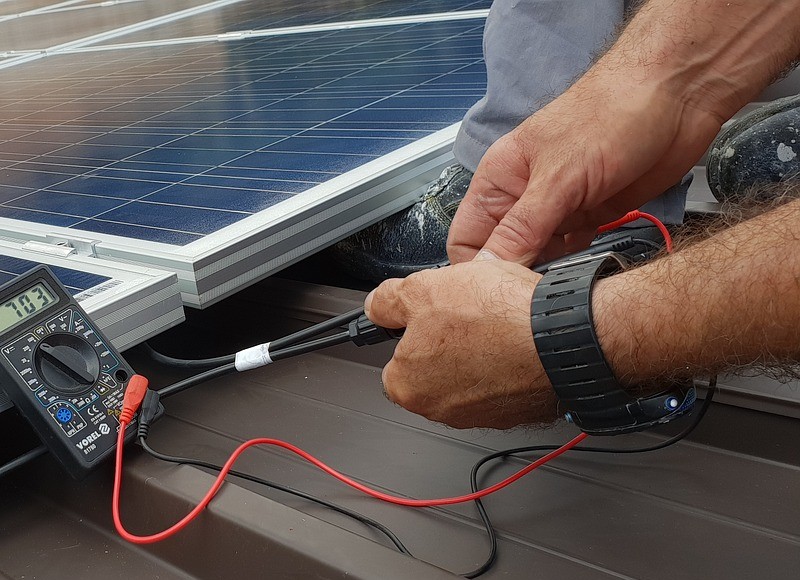Many homeowners might not give it a second thought, but your garage is guzzling energy—and with electricity prices on the rise, every single watt counts.
So, here’s a thought that might just spark your interest: What if you could power your garage using nothing but the sun?
The good news is, you absolutely can.
Solar panels offer a straightforward, efficient, and eco-friendly way to meet all your garage’s energy needs.
In this article, I’ll walk you through the ins and outs of how to harness solar power for your garage.
Key Takeaways
- You can indeed use solar panels to power your garage, leveraging solar energy to meet its electricity requirements efficiently and sustainably.
- Solar panels utilize photovoltaic cells made from semiconductors like silicon to convert sunlight into electricity.
- To power your garage, you will need several components such as a solar panel system, inverter, battery bank, and solar charge controller
- Using solar power for your garage will cost you around $615 after tax credits
- For 25 years, you could save up to $1,653 in electricity bills with solar panels
How Do Solar Panels Work?
Solar panels work by tapping into the sun’s energy, transforming it into electricity through a neat process involving photovoltaic cells, often made of silicon.
This material has a knack for capturing sunlight.
Here’s the magic part: when sunlight, packed with tiny energy particles called photons, hits the silicon, it sets off a chain reaction.
These photons pass their energy to electrons in the silicon, which is usually quite content staying put.
But with this new energy, they break free and start moving.
This movement isn’t just random; it creates electricity, specifically direct current (DC).
Yet, there’s a twist: our homes aren’t designed to use DC.
They need alternating current (AC), the kind of electricity that powers everything from your alarm clock to your fridge.
Enter the inverter, a clever device that takes the DC electricity from your solar panels and switches it to AC.
This switch makes the solar energy perfect for home use, lighting up your space and running your appliances seamlessly with the sun’s power.
For more in-depth information, check out this guide on how solar panels generate electricity.
What Are the Benefits of Using Solar Panels in Your Garage?
The benefits of using solar panels in your garage are multifaceted, offering both environmental and financial advantages.
Here are just a few:
- Cost Effective: Solar panel systems can save you a lot of money on your electricity bills over time. Due to their dependence on the sun’s energy, you don’t have to spend extra money each month on electricity
- Eco-Friendly: Solar power is renewable and doesn’t use any fossil fuels, so it’s much better for the environment. This can help reduce your carbon footprint and do your part to help protect the planet
- Low Maintenance: Solar panels require very little upkeep once they are installed, so you won’t have to worry about regularly repairing or replacing parts. They also don’t have any moving parts, so there’s no risk of mechanical breakdown
- Tax Credit: Depending on where you live, you may be eligible for a federal tax credit when you purchase a solar panel system. This can help offset the initial cost, making it more affordable
How Many Solar Panels Do I Need to Power My Garage?
1. Calculate Your Garage Energy Consumption
Before we get into the specifics, it’s important to get an accurate estimate of your garage’s energy consumption.
This will help you better determine how many solar panels you need to adequately power your garage.
To do this, start by listing out all the appliances and devices in your garage that use electricity. Then, add up their wattage to get an estimate of total energy consumption.
Or, you can just look at your monthly electric bills to gauge your energy usage.
For this example, I’ll use my detached garage energy consumption of 45 kWh per month.
2. Find out Your Peak Sun Hours
Solar panels’ energy production depends on how long the sun is hitting them.
But the sun’s position in the sky can vary depending on the time of year and your location which affects the solar irradiance your panels receive.
Sometimes, the solar irradiance can be 300W/m², and other times, it can be 1,000W/m².
To account for this variance in sunlight strength, you need to find out the peak sun hours your area receives.
Sun peak hours are defined as the hours when the sun is directly hitting the solar panel, which means that your area receives an average of 1,000W/m².
For example, if your area gets 4 peak sun hours per day, then you can expect your solar panels to generate 4 kWh of energy per day.
You can research what peak sun hours your area receives using this online solar calculator.
I live in California, so I’ll use 5.83 peak sun hours which translates to 174.9 hours of peak sunshine per month.
3. Calculate Your Theoretical Solar System Size
Now we know our total energy consumption and the peak sun hours for our location. We can use this information to calculate the theoretical size of your solar system.
To do so, divide your monthly energy consumption by peak sun hours:
Theoretical Size of Solar System in kW = Hot Tub Energy Consumption (kWh) ÷ Peak Sun Hours per Month (hrs)
For my garage in California, this equals:
Theoretical Size of Solar System in kW = 45 kWh ÷ 174.9 hrs = 0.257 kW
This means that I need a solar panel system with a capacity of 0.257 kW to power my garage.
However, note that this is just a theoretical calculation and we still need to account for system losses such as shade, dust, thermal losses, and more.
4. Factor in Solar System Losses
Any solar system undergoes some losses due to inefficiencies.
These include shade, dust, wiring losses, thermal losses, and the degradation of solar panels over time.
These losses affect your solar system’s energy output and can reduce it by up to 14%.
To account for these losses, you need to multiply your theoretical system size by 1.14:
Actual Size of Solar System in kW = Theoretical Size of Solar System in kW x 1.14
For my garage, this equals:
Actual Size of Solar System = 0.257 kW x 1.14 = 0.293 kW
This means that I need a solar panel system with a capacity of 0.293 kW to power my garage, taking into account losses from the shade and other factors.
5. Calculate the Number of Solar Panels
Solar panels are rated by the wattage they can produce in optimal conditions.
Most solar panels on the market today range from 250 to 400 watts.
This wattage refers to the amount of power (in W) a solar panel will generate when it is exposed to 1,000W/m² of sunlight.
For example, a 300-watt solar panel will produce 300 watts when exposed to 1,000W/m² of sunlight.
To calculate the number of solar panels needed for your system, divide your actual system size by the wattage of one solar panel:
Number of Solar Panels = Actual Size of Solar System (kW) ÷ Solar Panel Wattage (kW)
For my garage, this equals:
Number of Solar Panels = 0.293 kW ÷ 0.3 kW (300 watt solar panel) = 0.977 panels ~ 1 panel
This means that I need one 300W solar panel to power my garage.
Of course, you can choose to get more than one if you want to add extra capacity or if you want to be able to generate more electricity on particularly sunny days.
What Other Equipment Do I Need to Power My Garage With Solar Panels?
Besides the solar panels, you will also need some other equipment to get your solar power system up and running.
This includes an inverter, charge controller, and batteries (if you’re off-grid).
Let’s start with the inverter.
This is an electronic device that converts the DC power generated by your solar panels into AC power, which can be used to power your home appliances.
You will also need a charge controller to regulate the current and voltage coming from your solar panels, as well as protect your batteries (if you’re using them).
In case you’re using a grid-tied system, you can calculate your inverter size by multiplying the solar DC power production of your system by 1.15:
Inverter Size (W) = Solar DC Power Production (W) x 1.15
For my garage, this equals:
Inverter Size in kW = 293 W x 1.15 = 336.95 W ~ 337 W
But if we’re talking about a small off-grid system, you need to list out all your appliances and calculate the wattage of each one.
Then you can add up the total wattage of all your appliances to find the size of inverter you need:
Inverter Size (W) = Total Wattage of Appliances
Next, you will need a charge controller if you’re using a battery-based system.
Charge controllers regulate the current and voltage coming from your solar panels and help protect your batteries from overcharging or discharging too much.
To calculate the size of the charge controller you can use this online calculator.
Finally, you need to use batteries if you’re using an off-grid or grid-tied system to store the excess solar power that you generate.
But if you’re using an on-grid system, you don’t need batteries as your excess solar energy will be sent to the utility grid.
If you’ll use batteries, you can calculate the capacity of your battery bank using this equation:
Battery Size (Ah) = Solar Panel Daily Output (Wh) / Battery’s Voltage (12/24V) / DoD (0.5/0.75/0.8)
We’re using a 300W solar panel, so the daily output is:
Solar Panel Daily Output = Solar Panel Wattage x Peak Hours of Sunlight X (1-0.14)
Solar Panel Daily Output = 300W x 5.83 hrs x (1 – 0.14) = 1,504 Wh
So, If I want to use a 12V battery with a DoD of 0.8, I need:
Battery Size (Ah) = 1,504 Wh / 12 V / 0.8 = 156.68 Ah ~ 157 Ah
How Much Does It Cost to Use Solar Power to Power My Garage?
The average cost of solar power to power your Garage in the U.S. is $3-$5 per watt before tax incentives or rebates.
For this example, we are using a solar system size of 0.293 kW, so the cost of solar panels would be:
Total Cost = Solar System Size (W) x Average US Cost ($/W) = 293 W x $3 = $879
So the total cost of solar panels to power my garage would be around $879 before tax incentives or rebates.
After taking into account the 30% Federal Tax Credit, the final cost would be:
Net Cost = Total Cost x (1- Tax Credit Percentage) = $879 x (1 – 0.3) = $615
So, I need about $615 to power my garage with solar panels.
How Much Money Will Running a Garage with Solar Panels Save Me?
Running a garage with solar panels will save you about $1,653 in energy costs over 25 years.
To calculate the total energy consumption of your hot tub for 25 years, use this formula:
Total Electricity Produced (kWh) = Electricity Usage (kWh/month) x 25 years x 12 months
Since we’re using 45 kWh per month, the total electricity produced by my hot tub is:
Total Electricity Produced (kWh) = 45 kWh/month x 25 years x 12 months = 13,500 kWh
The cost of electricity in the U.S. is around $0.168/kWh. So the total cost of running a hot tub with grid power over 25 years would be:
Total Savings ($) = Total Electricity Produced (kWh) x Electricity Rate ($/kWh) – Solar System Cost ($)
Plugging in our numbers, we get:
Total Savings ($) = 13,500 kWh x $0.168/kWh – $615 = $2,314 – $615 = $1,653
Thus, running a solar-powered garage can save you about $1,653 in energy costs for 25 years.
FAQs
How Many Solar Panels Do I Need to Power a Garage?
To determine the number of solar panels needed to power a garage, calculate the garage’s monthly energy consumption and consider the peak sunlight hours in your area.
Can I Put Solar Panels on My Garage?
You can put solar panels on your garage, as long as the roof is structurally sound and has adequate exposure to sunlight to optimize energy production.
How Much Does It Cost to Solar Power a Garage?
The cost to solar power a garage varies based on system size and location but expect to invest in the range of $3 to $5 per watt, with potential savings from tax credits and incentives.
Can You Run Directly Off Solar Panels?
You can run appliances directly off solar panels. However, it’s better to use an inverter to convert the electricity to AC, or a battery system for energy storage.
Conclusion
As promised, we’ve covered everything you need to know about running your garage with solar panels.
Now, if you’re still on the fence, here’s my advice: leap.
Not only will you save on energy costs and reduce your carbon footprint, but you’ll also enjoy the satisfaction of contributing to a cleaner future.
Do you still have any questions?
If so, feel free to ask them in the comments section below.






